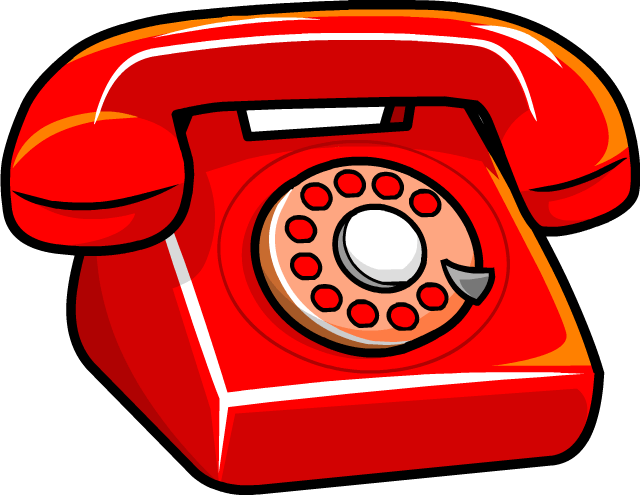
You are excited. You have found a new job in a different state or you built your house and you have to move from your current rental apartment. Among the things you have to move with is the washing machine.
Unfortunately, you can’t carry it with water—you have to drain the water. Since you don’t want to have any water remaining behind that might damage your other valuables, you have to properly drain the washing machine.
How do you do this?
Here is a guide given by washer repair experts on how to drain a washing machine for moving:
Start with switching off the power button on the machine and unplug the machine from the power source. To avoid splashing the power cord with water, duct tape it to the top of the washing machine.
Step 2: Locate the drain hose and water supply hoses
If necessary, pull the washing machine away from the wall and access the drain hose. The drain hose is often located at the back of the washer, along with hot and cold water supply hoses. And it carries wastewater away from the machine while the hot and cold water supply hoses bring clean water to the machine.
To tell them apart, the hot hose is colour-coded red while the cold one is coded blue. The drain hose is often gray.
Step 3: Drain the washing machine
Depending on how the washing machine is installed, the drain hose might be carrying water into a standpipe, a drainpipe in the wall, or a large nearby utility sink.
To drain the washing machine, place a large bucket in place and disconnect the drain hose from the pipe by simply wigging it loose. You should then hold the hose up in the air to prevent water from flowing out until you place the bucket in place.
Once the bucket is in place, lower the end of the hose below the water level and gravity will cause the water to flow out.
If the water is too much that you have to pause to empty the bucket, simply place the disconnected end of the drain hose.
Step 4: Get rid of the drain hose blockage
If you find that the water doesn’t flow out or it drains too slowly, chances are you have a blockage in the drain hose. To unclog the drain hose, release the clog using a plumber’s snake. To do it, push the tip of the coil until it reaches a blockage, then turn it manually with the handles on the opposite end until you get through the blockage.
Step 5: Remove the clog in the drain pump
If the clog isn’t in the drain hose, chances are it’s in the drain pump. Depending on your machine, the drain pump might be located behind the removable panels in the front or back of the washing machine. It’s also not uncommon to find it at the bottom of the machine, and you have to tip the machine forward to access it.
After locating the pump, remove the spring clamps by squeezing them with a pair of pliers and clear any clogs present using needle-nosed pliers. The clogging material can range from small articles of clothing to a buildup of lint or pet hair.
Once you are done, reattach the hoses.
Step 6: Inspect the machine
You are better off fixing the washing machine before you move so that when you get to your new home, you will have time to enjoy it, not start looking for an appliance repair Fairfax to fix the machine.
Inspect the washing machine’s lid switch and confirm its working properly. All you need to do is to depress the lid switch by hand and if you don’t hear a click, its most likely broken and needs replacement.
You also should take a look at the belts and if they are damaged, unscrew the access pane and replace them.
You can do the work by yourself, but if the work is above your skill level, let a professional handle it. For best results, ensure the professional is experienced and certified to work in your local area.




